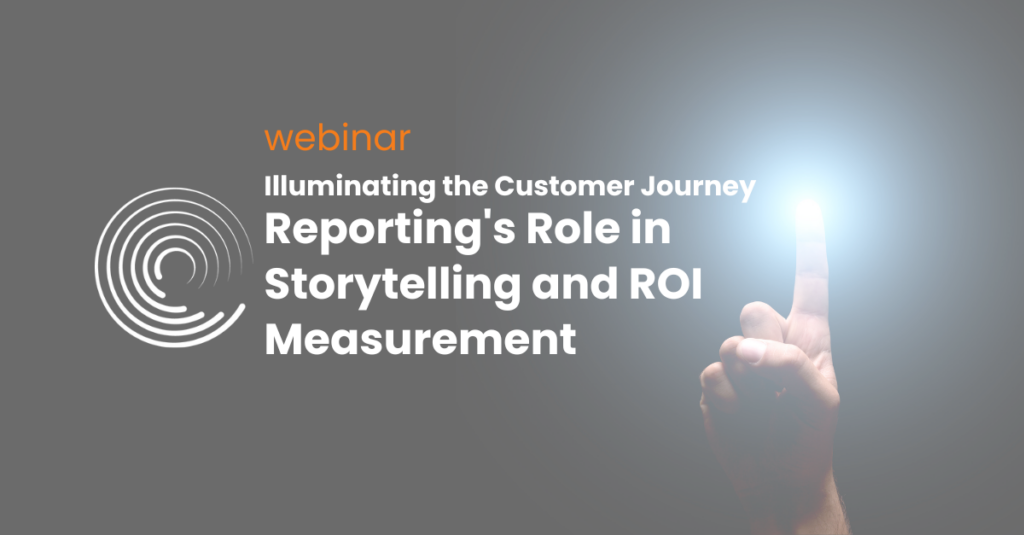The world of marketing is full of stats these days. And for good reason. In a martech space that boasts over 5000 companies on the newest ChiefMartec chart, companies have to find a way to make a statement about how their platform can drive winning results.
Having previously worked at SiriusDecisions, who was wrongly credited in saying that the Buyers Journey is 67% complete when the person finally raises their hand or fills in a form, I’ve seen first hand how stats can skew people’s view of the world, especially when they are associated with a trustworthy source. Side note, it was actually Forrester who provided that stat originally.
Since Full Circle Insights is a platform for measuring your funnel and campaign attribution, and we have hundreds of happy customers doing just that, we thought we would survey them for some benchmark data in Q1 to verify these and other potentially misleading marketing statistics.
For fun, I found this Hubspot list of marketing statistics: https://www.hubspot.com/marketing-statistics. I think this exemplifies how out of control the world of stats has become. And more importantly, statistics show that having 2 or more links in a blog increases its SEO by 26%. I can’t make this stuff up.
After compiling data in the first 2 months of the year from our clients, we spent the past month analyzing the data. And here are some of the highlights we learned:
- The Buyers Journey is 67% complete when they are ready to talk to sales, but only 50% of the time. This was a very Yogi Berra stat. Which means that the other 50% of the time the buyer’s journey before hand raise is either more or less than 67% complete.
- White Papers are the most valuable form of content. Yes, that’s right, people like to read long, mind-numbing documents. Our clients found that using our Campaign Attribution tools, with an even spread model, white papers account for 50% of all revenue. Surprisingly Case Studies get only 5% of attribution. Our theory is people just don’t trust what other people say anymore, unless they exist within the same bubble. When we polled our customers on this trend, it turned out that people only listen to their friends on Facebook or tweets from anonymous Russian outlets for quick information. But a well written White Paper, like a novel such as Crime and Punishment, can really suck you in, and when you get to the end, your sense of victory correlates to a positive buying outcome.
- The CXO isn’t as important as we think. Again, using Cambridge Analytica on an even spread basis, CXOs/Decision Makers interactions with marketing campaigns only equate to 2% of revenue. Interns have the highest attribution rate, at 36% of revenue. Our conclusion from this data is that B2B marketers need a total rethink of the Buyers Journey. Said Rachel Young of SiriusDecisions when presented with the data: “I always tell my clients to hire more interns, they are free labor and very smart and open to new ideas. I just didn’t realize how important they were in the buying process.”
- The 80/20 rule for revenue is a myth. To recap, the idea of this stat is 80% of your revenue comes from 20% of your customers. In reality, 100% of revenue comes from Sales, because they are the ones who close/win the deals. That one was way too obvious for us to all have missed.
- Sales and Marketing alignment doesn’t really matter. This one caught us all off guard, but when taken with the 80/20 rule myth it makes sense. Again, Sales closes 100% of deals, Marketing closes 0%, so Sales is the only people that matter and they don’t need marketing in their minds.
And the last point we discovered is that like many marketers who lack a reporting tool that enables them accurately measure their contributions to revenue, it is a lot of fun to make up statistics and put them in a blog to prove they are doing something good for the organization.
Happy April Fools and see you in Vegas!





